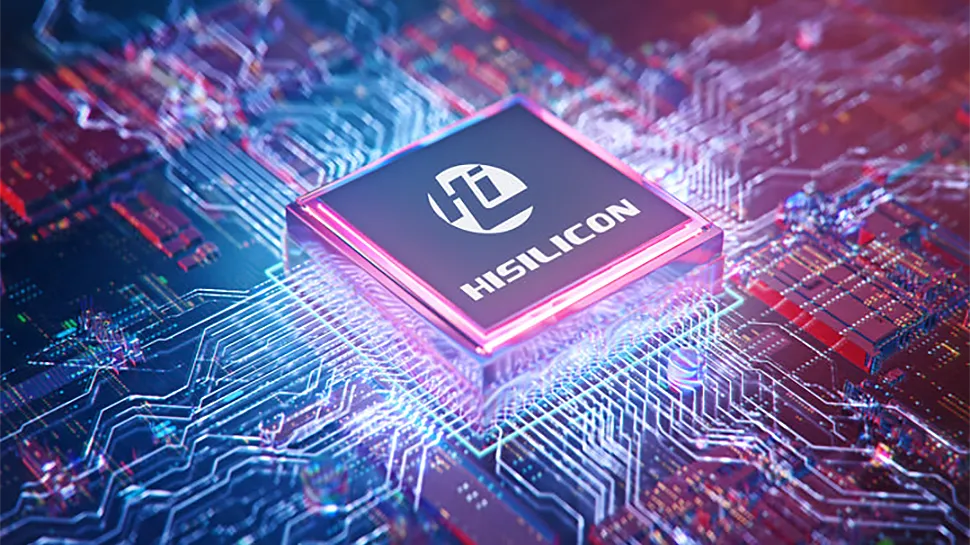According to TechInsights, a significant semiconductor research firm, Huawei’s Kirin 9000S system-on-chip, which powers Huawei’s new Mate 60 Pro smartphone, is rumored to be made by China-based SMIC using its 2nd generation 7nm-class fabrication process and stacking. This information comes from a report by the South China Morning Post, which cites a report by TechInsights. In addition to this, reports indicate that the SoC includes a CPU and GPU with microarchitectures that were created in-house. In the meantime, each and every piece of information on the Kirin 9000S is entirely unofficial.
Applications of Huawei 7nm Chip
Based on screenshots provided by Huawei Central, the HiSilicon Kirin 9000S appears to be a fairly complicated system-on-a-chip (SoC) that contains four high-performance cores (one at up to 2.62 GHz and two at up to 2150 MHz) and four energy-efficient cores (up to 1530 MHz). These cores are based on the company’s own TaiShan microarchitecture, which still appears to be found on the Armv8a ISA. When compared to the frequencies of Arm’s cores included in earlier generations of HiSilicon’s SoCs, the clock speeds of the CPU and GPU cores used in these chips are rather low.
However, low frequencies can be explained by the fact that SMIC manufactures the new SoC on its unnamed 2nd generation 7nm fabrication method. This technology has the potential to be a game-changer for SMIC, Huawei, and China’s high-tech industry as a whole. TechInsights refers to this manufacturing technology as SMIC’s second generation production node; nevertheless, the state-controlled Global Times asserts that China’s foundry champion use its 5nm-class manufacturing technology to produce the SoC. However, it seems that both of these designations refer to the same entity, which was once referred to as SMIC’s N+2.
SMIC made a passing reference to its N+2 manufacturing technique around the year 2020. At the time, it appeared to be an evolutionary step of its N+1, which had previously been referred to as a low-cost alternative to TSMC’s N7 (a fabrication process that is in the 7nm-class). Around the same time a year ago, Chinese analysts identified N+2 as SMIC’s 5nm-class production node in another article that was published by Global Times.
Features of Huawei 7nm Chip
SMIC has never provided any evidence to support the claim that it manufactures chips on the 7 and 5 nm class nodes. However, there are separate findings from TechInsights indicating that SMIC built Bitcoin mining ASICs using their 7nm-class N+1 technology. These proofs come from MinerVa Semiconductor.

In the meantime, since SMIC’s Twinscan NXT:2000i deep ultraviolet (DUV) lithography scanners are capable of producing chips using both 7nm and 5nm technologies, the business may have created a manufacturing technique that is suitable for 5nm-class technologies. SMIC must heavily use multi-patterning, which is an expensive technology that affects yields and costs, in order to print outstanding features on a 5nm-class node or a refined 7nm-class process technology. As a result, the economic efficiency of SMIC’s 5nm-class technology is likely to be considerably lower than that of market leaders Intel, TSMC, and Samsung Foundry. There is an essential detail, however.
Huawei Chip Performance
According to Global Times, one of the noteworthy aspects of the Kirin 9000S is that it supposedly makes use of stacking technology. However, the publication does not clarify on how it makes use of stacking. It’s possible that the Kirin 9000S disaggregates certain circuitry in order to ease manufacture, or that it saves space on the motherboard by stacking the modem IC on top of the CPU+GPU IC. Both of these possibilities are possibilities. In any event, the superior packaging technology that SMIC and/or Huawei’s HiSilicon have developed represents a significant step forward.
The most successful chip designer in China is Huawei’s HiSilicon, which has leveraged TSMC’s cutting-edge fabrication capabilities in order to achieve its success. It is thought that the parent business assisted SMIC in advancing its fabrication techniques after Huawei was denied access to American technologies in the year 2020. This prevented HiSilicon from continuing to collaborate with the world’s largest contract maker of chips. In this scenario, the Kirin 9000S would be the first product of the partnership between the two companies.
The HiSilicon Kirin 9000S is rumored to use SMIC’s 5nm-class process technology, but Huawei has not commented on the topic, and even the state-run Global Times does not state unequivocally that this is the case. Instead, they choose to refer to the information as a rumor.



[…] would seem that Huawei is using antiquated CPUs, which date back to the time when the United States first implemented its […]
[…] of Huawei Kirin […]